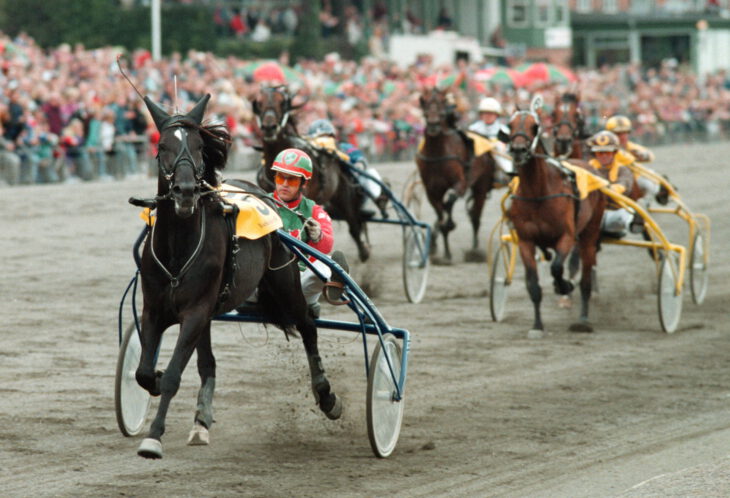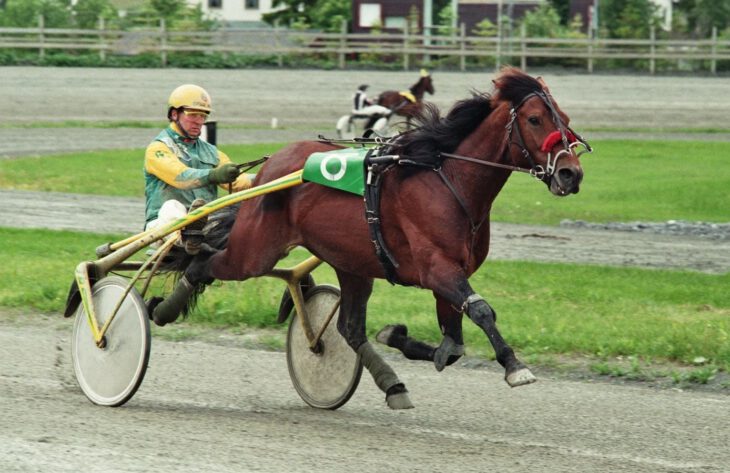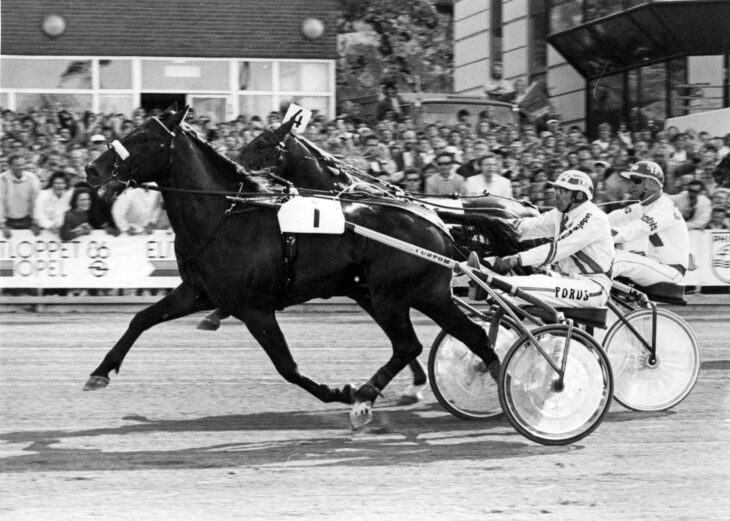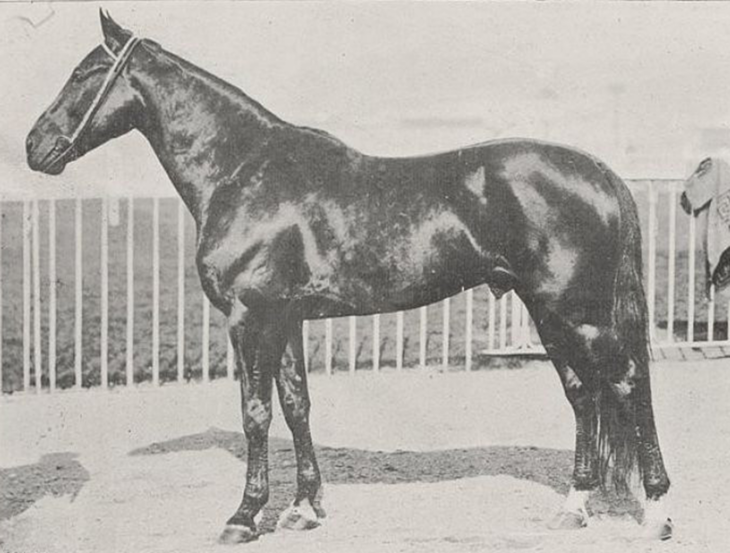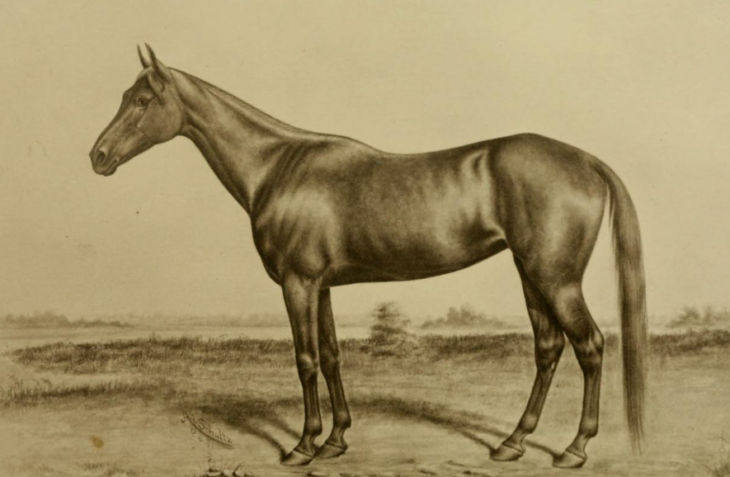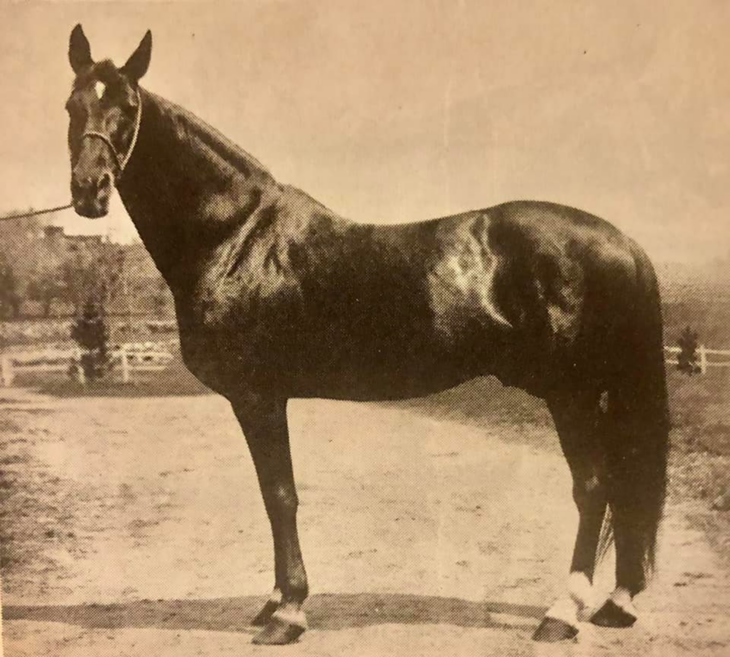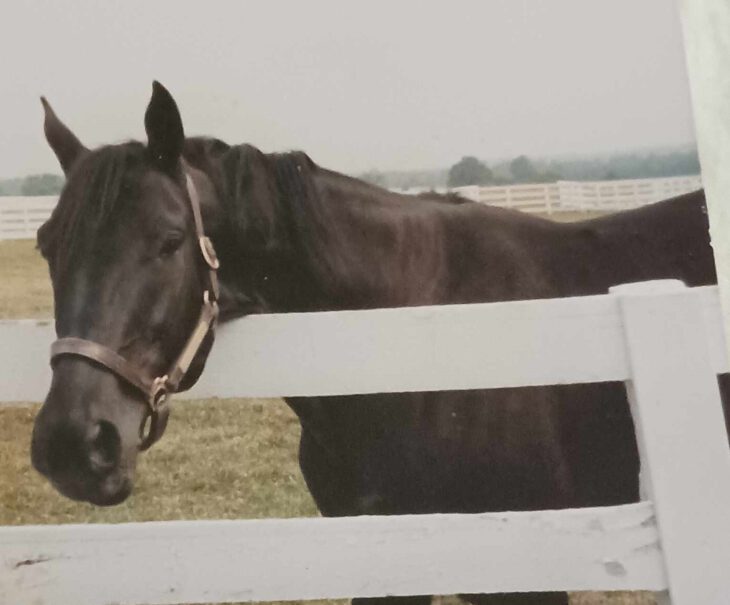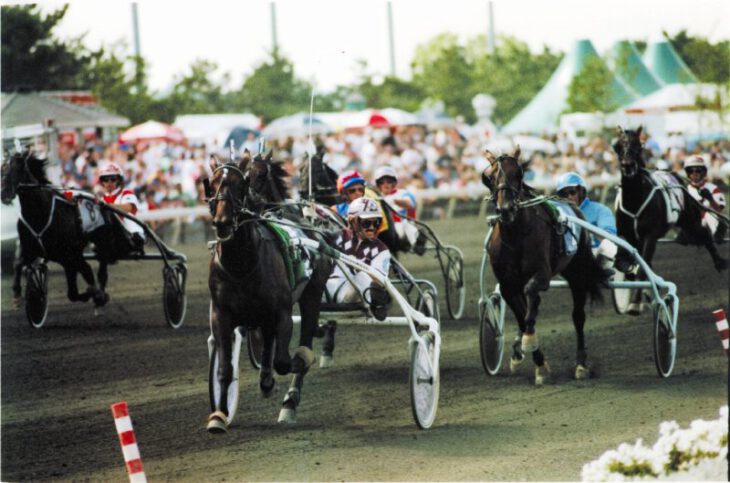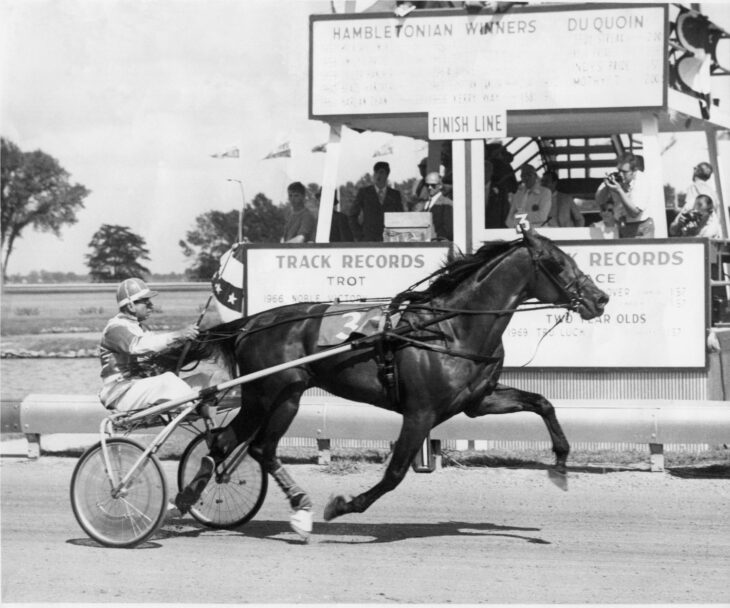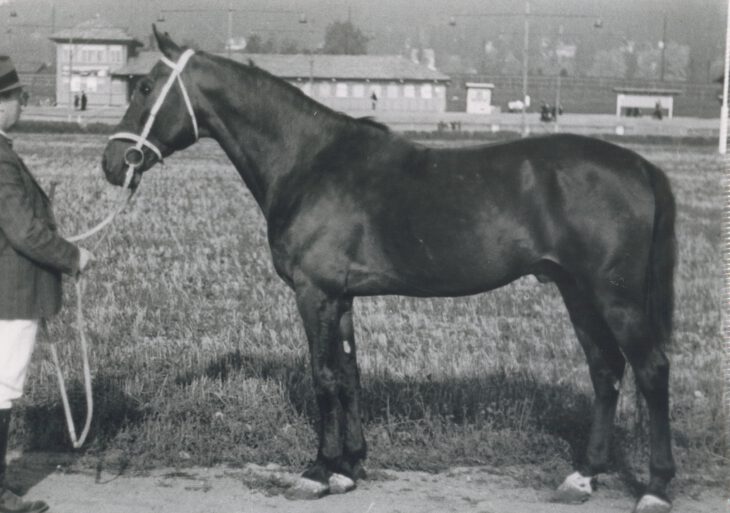He was seemingly on his way to massive international stardom, but lady luck didn’t shine her light on Rudolf Le Ann. His owner died in a plane crash on the way to watch his beautiful black colt race, and two years later, as the colt appeared to be “better than ever,” he was struck with a life-threatening illness which set him back permanently.
Read MoreIn 1989 Olav Christiansen, a farmer in the Norwegian village Åsenfjord, lost the right to let his sheep grace in the nearby mountains in the summer, so he decided to quit sheep farming and focus on harness racing. Trading his remaining sheep for a a yearling filly and an unborn foal, Christiansen made one of the most lucrative and one-sided deals in harness history.
Read MoreThroughout history there have been a few select horses that have singlehandedly increased the interest in harness racing and drawn people to the tracks like never before. One of the most important such horses is Rex Rodney, the Norwegian rags-to-riches story who started his career without a victory at 3 but ended up winning one of the world’s biggest races. A horse with no apparent pedigree to talk of and who did not even break the 2:00 (1.14,6) barrier until he was 6 years old, he eventually became a household name all over Norway and Scandinavia.
Read MoreThe blue-blooded Kentuckian excelled in Europe, becoming the first horse to win an international race at Vincennes and later went on to be a stallion champion, siring the first European-bred 2:05 trotter and multiple Derby-winners.
Read MoreThe first of the champions to have an unblemished career, Maud S was one of the best trotters in the high wheel sulky era and lowered the world record a whopping six times.
Read MoreThe colt had talent, but had inherited his sire’s poor feet and was rushed too early to the races and as a result barely raced because of his lameness. Showing exceptional speed, his new owner decided to gamble on the six-year-old colt at stud. Virtually everybody thought it was a ridiculous folly of judgment. However, John Shults had the last laugh as Axworthy turned out to be one of the foundation sires of the standardbreds.
Read MoreHe was a star on the track before escaping death after a life-threatening infection. When an even more deadly disease took hold less than a year later, Mystic Park displayed “a will to live that is stronger than any I have ever encountered in a standardbred.” The colt would then go on to sire one of the best trotters the world has even seen.
Read MoreHe was the last superstar trotter bred by Yankeeland Farms, the legendary Maryland-based farm that closed its doors in 2006. Muscles Yankee commanded a high fee at the yearling auction in Lexington. However, the $200,000 shelled out turned out to be a massive bargain as the big colt developed into a legendary racehorse and stallion.
Read MoreFrom humble beginnings, he became one of the best three-year-olds, then went on to dominate as an aged trotter. In was at stud he established himself as one of the true legends of trotting, though, but it was a stroke of luck that Speedy Crown wasn’t lost to American trotting after his two-year-old season.
Read MoreHe was champion stallion for many years, even after his death, in Norway. What many did not know is that he was initially considered a very good trotter in his crop in the US. Senator Ford was practically blind early in life, however, and for welfare reasons was not allowed to race. At stud, however, there was no stopping Senator Ford.
Read More
